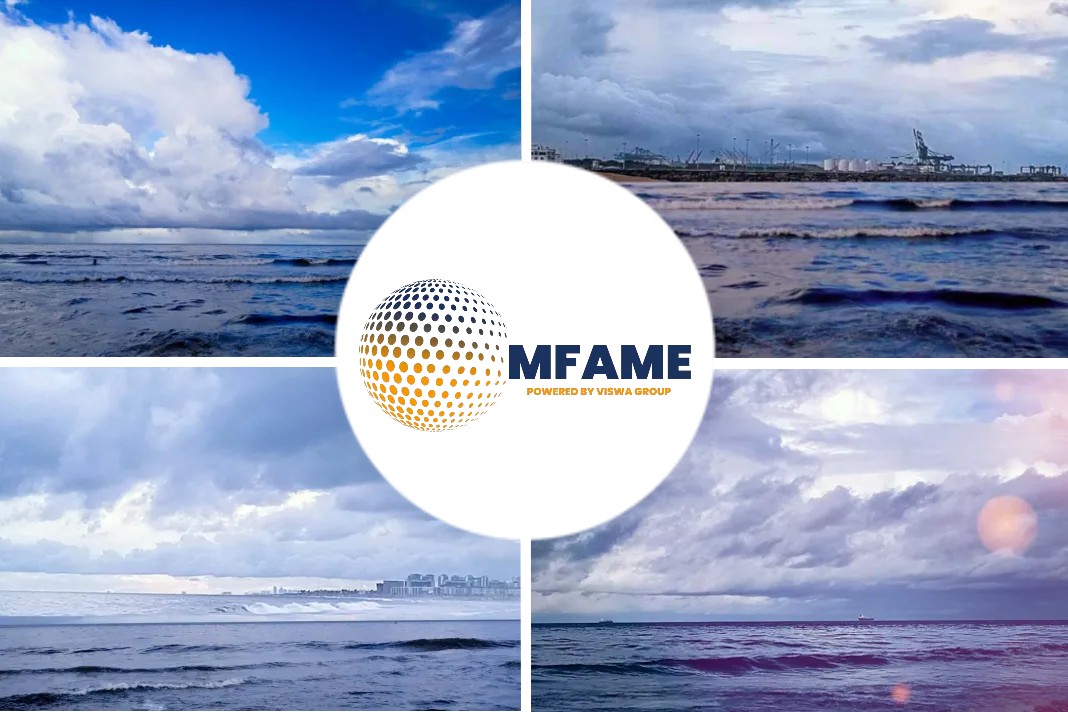
- ‘Not one single obvious solution’ in terms of future fuel
- Geneva-based line plans to keep fuel options open
- Decarbonization pace driven by clients, regulations
- Majority of MSC newbuilds have dual-fuel design: S&P Global
MSC Group is building a fleet capable of running on multiple types of marine fuels in the shipping sector’s low-carbon transition, which will be driven by regulatory and customer requirements, a company executive told S&P Global Commodity Insights.
Solution set of fuels
“It’s going to take a solution set of fuels… It’s not going to be one single obvious solution,” Bud Darr, MSC’s executive vice president for maritime policy and government affairs, said in a recent interview.
Darr, whose company has a target to achieve net-zero emissions by 2050, suggested the industry is unlikely to have sufficient volume of one single fuel to achieve deep decarbonization within the time frame.
“Ultimately the critical factors are going to be production, delivery and allocation,” Darr said. “We’re working very closely with energy providers to help ensure that we’ve got supply chains being developed.”
Aside from a large cruise business, Geneva-based MSC Group operates the world’s largest containership fleet via Mediterranean Shipping Co.
The liner operator has 124 cruiseships and boxships on order for delivery between 2023 and 2028, including 84 that can be powered by LNG and oil-based fuels, according to S&P Global Maritime Portal.
While LNG can only reduce CO2 emissions by 20%-30% versus conventional fuels, Darr said MSC’s dual-fuel vessels could operate on bio- and synthetic LNG for deep decarbonization when the fuels become available.
“We also have a subset of our LNG dual-fuel ships which are being constructed with tankage that is of a metal type that would be appropriate to use ammonia,” Darr added.
In May, Mediterranean Shipping Co. signed a memorandum of understanding with Lloyd’s Register, Shanghai Merchant Ship Design & Research Institute, and MAN Energy Solution to develop the ammonia dual-fuel design for an 8,200-TEU containership.
Fuel selection
Separately, the shipping group has stated hydrogen and biofuels could be part of shipping’s future fuel mix.
“It’s very important that we keep many options open,” Darr said. “We want as much flexibility as possible.”
Many industry participants, including Darr, have warned the production of green marine fuels could be constrained by the availability of renewable energy and waste-based biomass.
In their reference case, S&P Global Commodity Insight analysts expect low-carbon supplies to make up just 2.2% of global bunker consumption in 2030.
But Darr suggested bio-LNG supply could be increased for ship operators, followed by synthetic LNG, and that technically marine methanol propulsion is maturing.
“When it comes to methanol… We’ll be ready for that if the fuel is available,” said Darr, suggesting that some of his company’s ships could in the future be retrofitted for methanol propulsion.
Ammonia, when generated from renewable energy, is a zero-emission fuel, but it is highly toxic and corrosive, while associated propulsion systems, bunkering regulations and infrastructure are still under development.
“Ammonia is more of a longer-term game,” Darr said. “We [need to] make sure that we can burn it efficiently, but also that we can burn it safely.”
MSC Group is in discussions over securing future fuels, and Darr suggested green fuel developers tend to prefer long-term procurement contracts with large quantities to justify their investments.
“I’m confident we will match up and we’re a big enough consumer,” he said, adding that liner operators with fixed sailing schedules could find it easier planning bunkering points than tramp players.
Decarbonization drivers
As for how quickly MSC Group will switch to more sustainable fuels, which tend to be more expensive, Darr suggested that would depend on how much premium its customers are willing to pay.
Platts, part of S&P Global, assessed fossil methanol as a bunker fuel at Rotterdam at $14.184/Gigajoule and fossil LNG at $12.804/Gj on June 12, but Industry estimates suggest their green variants are much more expensive. In comparison, 0.5%S marine fuel — the prevalent type of bunker fuel – was assessed at $12.805/Gj.
“Those costs will find a way into the market one way or another, and on to the customers,” said Darr, adding that while many customers talked of decarbonization, “not anywhere near as many” were willing to make financial contributions.
On the other hand, GHG regulations on ship operators and cargo owners could accelerate the pace of decarbonization, according to Darr.
The EU is set to extend its Emissions Trading System to cover shipping from 2024 while starting to regulate the emissions intensity of marine fuels via FuelEU Maritime from 2025.
The regulations could provide some incentives to use alternative fuels, but GHG from EU-related seaborne trades account for only 15% of shipping emissions globally, Darr said.
“For a global problem, you need to make sure you’re thinking about how that will interact with the global regime,” he added.
In early July, member states of the International Maritime Organization – shipping’s global regulatory body — are due to start finalizing some new GHG regulations. Those might become effective in the second half of this decade.
Darr said he hopes that the upcoming rules are not too prescriptive on which fuels to use but focus on their overall decarbonization effects. That way, the industry will have a better chance of securing sufficient green fuel volumes, he added.
Did you subscribe to our daily Newsletter?
It’s Free! Click here to Subscribe
Source: SP Global





















